Category: Punchcards
-
Brother KH891 knitting machine
Brother KH891 knitting machine has a built-in knit leader. It is very similar to its counterpart, KH881 (except for the color and the presence of the garter carriage rails). The presence of the garter carriage rails makes this machine superior to KH881. Brother KH891 has 200 needles, which are 4.5 mm apart, which makes this…
-
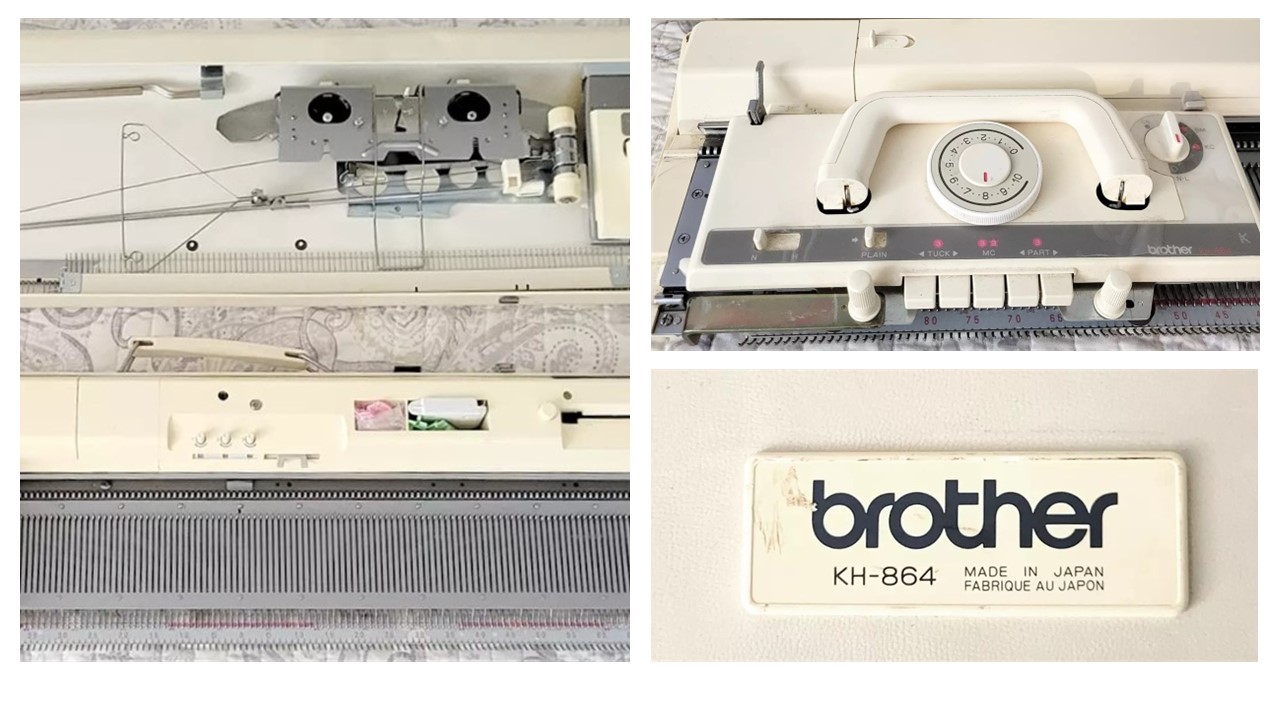
Brother KH864 knitting machine
Brother KH864 knitting machine is a standard-gauge knitting machine with 200 needles, 4.5 mm apart. It has an interesting color combination – not like any earlier or later punchcard Brother knitting machines. Other features of Brother KH864 are very similar to Brother KH860, which also has built-in garter carriage rails. Read a detailed post on…
-
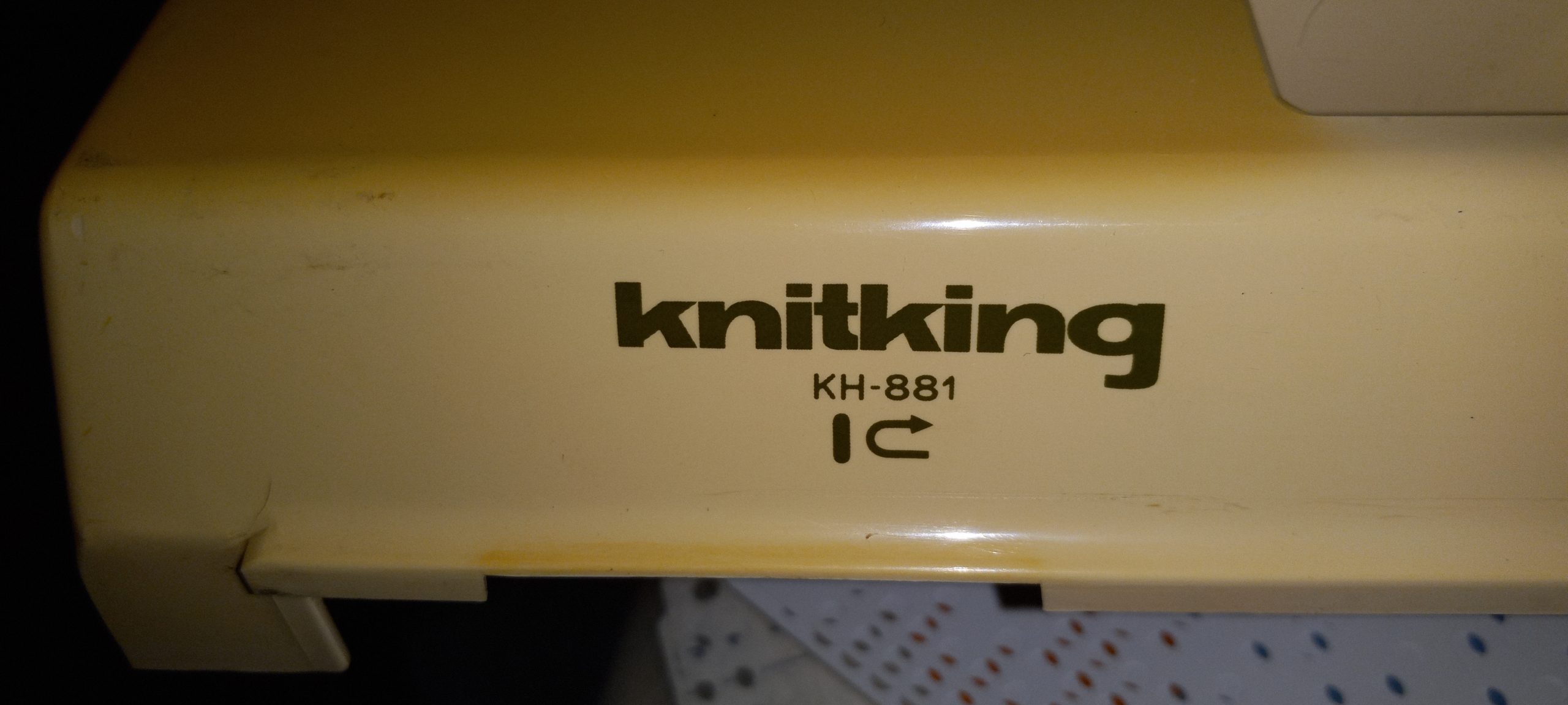
KnitKing KH881 knitting machine
KnitKing KH881 knitting machine is a standard gauge machine with 200 needles, 4.5 mm apart. It was manufactured by the Brother company for the North American market. I owned one and I can assure you that it is identical to the Brother KH881 knitting machine (which I also owned). Thus, read a detailed article on…
-

Brother KH881 knitting machine
Brother KH881 knitting machine is a standard gauge machine with 200 needles, 4.5 mm apart. It appeared on both Western and Japanese markets in the late 1970s. The model for the Japanese markings (with the writing in Japanese) is often accompanied by the Palie 8 nickname. In North American markets, it was also released under…
-
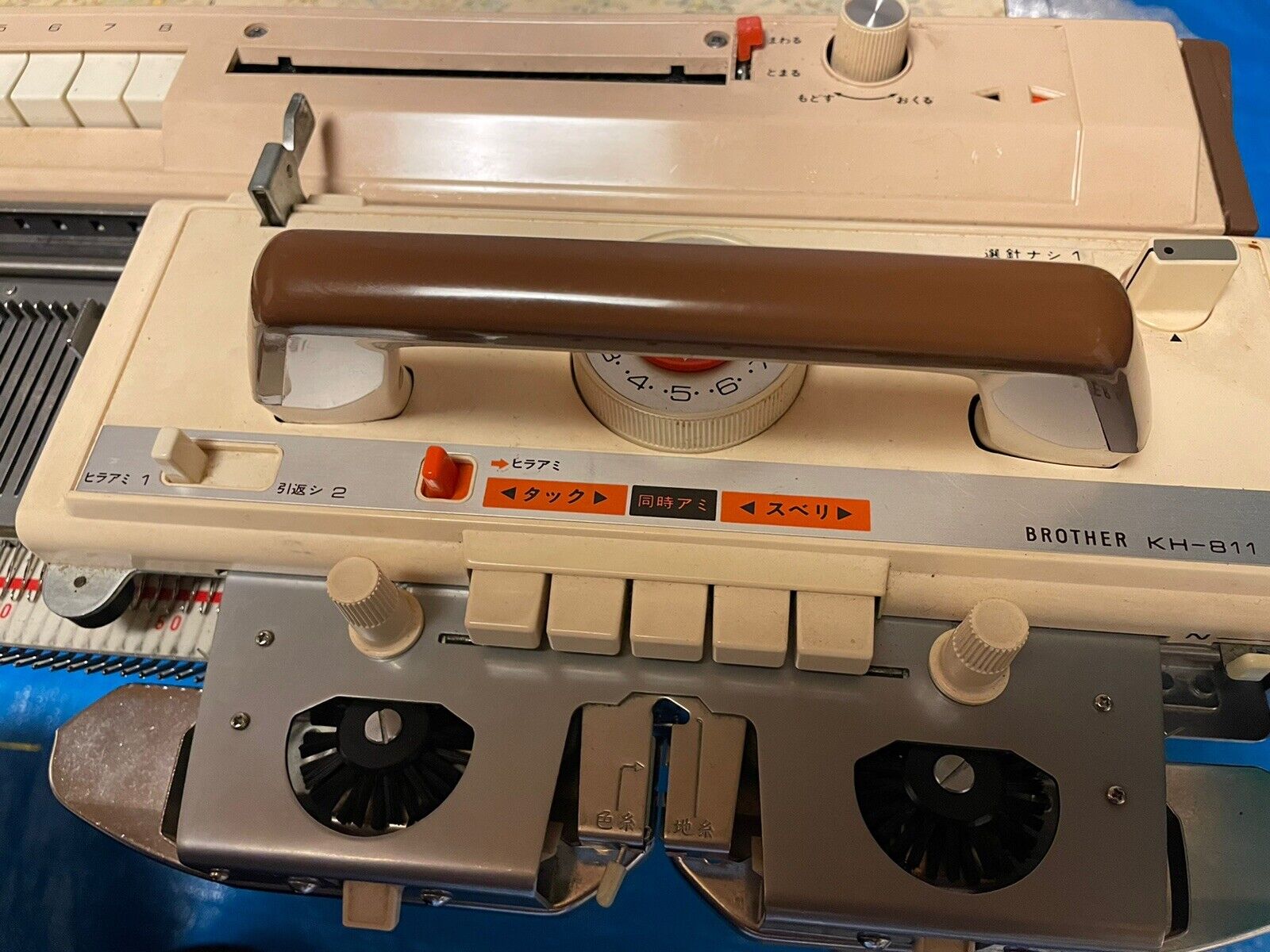
Brother KH811 knitting machine
Brother KH811 is a very unique knitting machine as it (to the best of my knowledge) is the only machine made by Brother (and maybe even the only one in the whole knitting-machine world) that combines punchcard and pushbutton needle selection and pattering mechanisms. It is a standard-gauge knitting machine with 200 needles. It was…
-

Brother KH850 knitting machine
Brother KH850 knitting machine was manufactured for the Japanese market judging by Japanese writing on the carriage and the case. It is a standard-gauge knitting machine with 200 needles, 4.5 mm apart, with punchcard reading capabilities for patterning and needle selection. It is very similar, even in a color scheme, to Brother KH850. However, I…
-
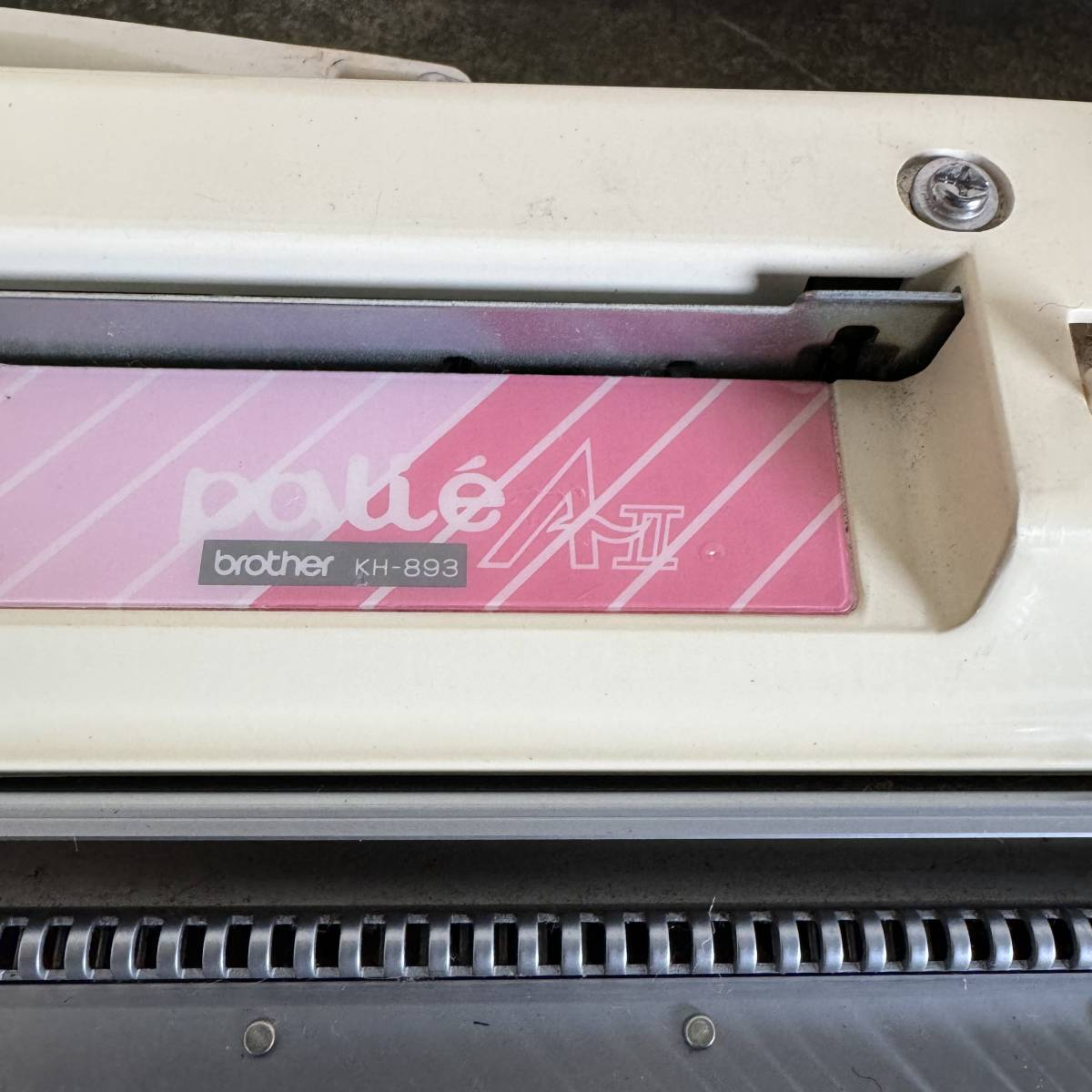
Brother KH893 knitting machine
Brother KH893 is one of the knitting machines containing a built-in knit leader. It also has punch card reading capabilities for automatic needle selection and patterning. It is standard-gauge knitting machine. I have only seen this machine in Japanese used markets. Other knitting machines with punchcard readers and built-in knit leaders are Brother KH871, KH881,…
-
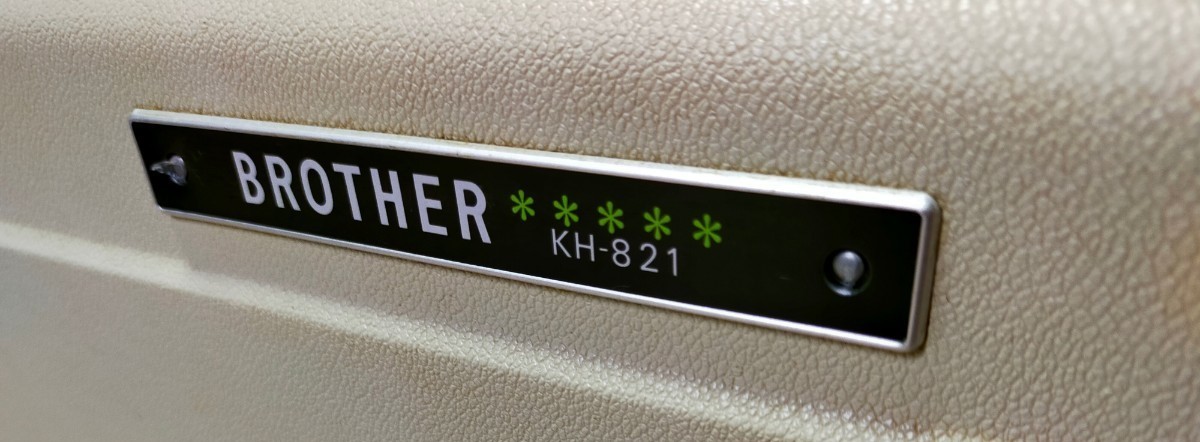
Brother KH821 knitting machine
Brother KH821 knitting machine appeared on the market in 1974. It is a standard-gauge (4.5 mm) knitting machine with 200 needles. It is identical to the Brother KH820 knitting machine (thus, refer to that blog post) but probably was available in the Japanese markets (judging by all Japanese writing on the carriage and the panel).
-

Brother KH810 knitting machine
Brother KH810 is a knitting machine with punchcard-reading capabilities to create patterns and automatically select needles. It is a standard-gauge knitting machine. It is probably the first machine sold under the brand name Brother with 24-stitch patterning capabilities using punchcards. It was probably released just to the Japanese markets: so far I was only able…
-

Brother KH851 knitting machine
Brother KH851 knitting machine was manufactured by Brother and was available for purchase on Japanese markets only. It has a green color scheme, which makes this machine stand out. Besides the color, Brother KH851 resembles the Brother knitting machines with model numbers KH830 and KH831.
-

Brother KH831 knitting machine
Brother KH831 knitting machine was manufactured by Brother and was available for purchase on Japanese markets only. It is identical to the Brother KH830 model.
-

Brother KH801 knitting machine
Brother KH801 is a knitting machine very similar (if not identical with the exception of all writing being in Japanese) to the Brother KH800 available in the US used and vintage markets. All Japanese writing on the carriage, box and case of Brother KH801 makes me think that it was released to only Japanese markets.…